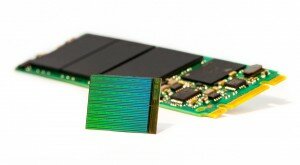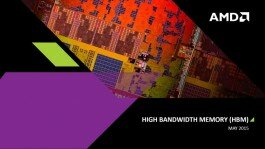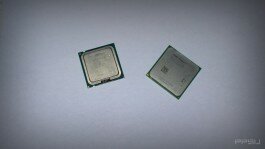Samsung, Toshiba, Micron and Intel all have been working on new SSD technologies, which are all slightly different, but have one thing in common: they all will have 3D Nand memory, in one form or another. This means that instead of have SSD storage units that are setup in 2D (flat) arrays, there will now be 3D (stacked) arrays of storage. There are many improvements that will come from this, from better performance, to higher density SSDs, to better GPU memory.
Toshiba has recently announced the world’s first 48-Layer 3D flash technology, which promises SSD sizes up to 10 TB and massive performance increases over traditional SSD technology. The new type of SSD will also support NVMe, a transfer system that has similarities to SATA. NVMe is rumored to have incredible performance as well, with some PCIE SSD’s that use it having speeds in excess of 3000 MB/s.
Meanwhile, Intel and Micron have partnered to come up with their own 3D Flash memory, which has 32 layers and will supposedly support up to 3.5 TB thumb drives. This technology has many of the same benefits that Toshiba’s technology has, and perhaps we will see the next line of Intel SSD’s have this new technology. This new SSD is also rumored to have support for NVMe, so perhaps there will be 2.5” SSD’s that have speeds of more than 580 MB/s, the limit of SATA 3.
Lastly, AMD and Hynix are reportedly working together to make HBM (High Bandwidth Memory) a reality on the next series of AMD GPU’s – the R9 3xx series of videocards. This type of memory is very similar to 3D Flash in how it works, except that it is tailored for graphical use. The new type of GPU memory is rumored to have nearly 10 times the performance of GDDR5, the predecessor to HBM. This could mean that AMD’s next series of GPU’s could be seriously impressive performance wise.






